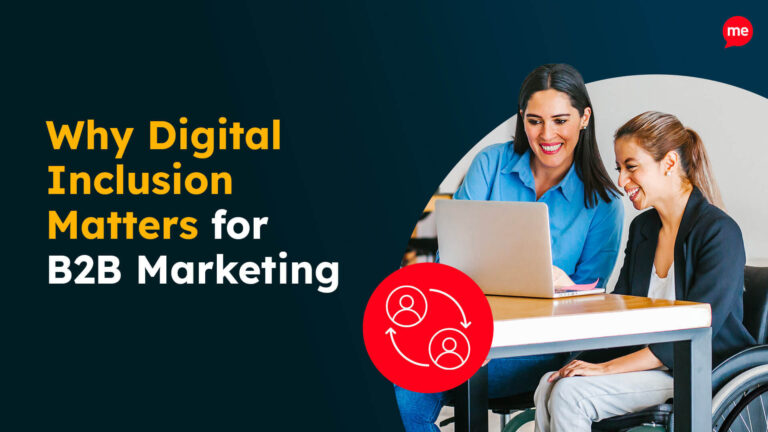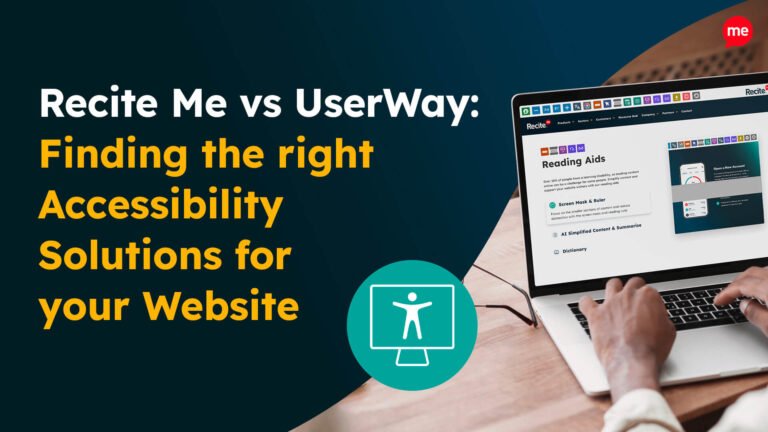Get Your Free Accessibility & Inclusion Toolkit
Download NowIn 2004, Italy took a bold step toward digital inclusivity by passing Law 4/2004, better known as Legge Stanca. At the time, many countries were just beginning to consider how people with disabilities could interact with digital technologies. Italy’s lawmakers saw what was coming: a world where public services, education, healthcare, and even community participation would move online.
Today, Legge Stanca remains the foundation of Italy’s approach to digital accessibility. It has been updated to reflect international standards, and it now sits alongside European laws like the European Accessibility Act. But what does the law actually say, who does it apply to, and why should organisations pay attention? Let’s explore.
What is the scope of Legge Stanca?
Legge Stanca (the Stanca Act) was designed to remove digital accessibility barriers that prevent people with disabilities from accessing services and information. Think of someone trying to renew a passport online, a student accessing university learning materials, or an elderly person booking a healthcare appointment. The government saw the need for a digital equivalent of the laws designed to provide disabled access in physical spaces.
At its core, the law ensures that:
- Public services delivered online are accessible to all Italians.
- Digital communication is inclusive, not exclusionary.
- Accessibility is not an afterthought, but a requirement from the design stage onward.
The law has a broad scope. It applies not only to websites, but also to mobile apps and other digital platforms. In recent years, its coverage has grown to include certain private organisations as well, which we’ll look at in more detail below.
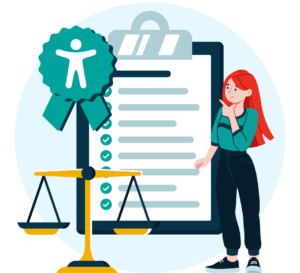
Who does the law apply to?
Originally, Legge Stanca focused on the public sector, including ministries, municipalities, schools, universities, and public healthcare, which are key gateways to public services.
But over time, Italy recognised that accessibility shouldn’t be limited to government services. To address this, the law was expanded to large private companies with an annual turnover over €500 million (averaged over three years) and to companies within groups meeting these criteria.
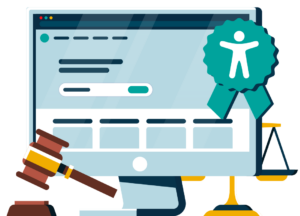
Legge Stanca also explicitly applies to:
- Telecommunications companies with government majority stakes
- Private providers of public services (e.g., utilities or state-contracted education)
- Transport companies essential for public mobility
- IT and internet providers receiving public funding or subsidies
By extending Legge Stanca to both public and private sectors, Italy ensures that digital equality goes hand in hand with digital progress.
What types of assets are covered?
Accessibility doesn’t stop at websites. Legge Stanca recognises that people use many different digital tools in their daily lives. That’s why the law applies to a wide range of assets, including:
- Websites and online portals – from a local government homepage to national government platforms.
- Mobile apps – both Android and iOS, given the shift toward mobile-first digital access.
- Digital documents – PDFs, word files and educational materials must be tagged and structured for screen readers.
- Multimedia content – videos must have captions, audio should be supported with transcripts, and images need alt text.
- Software systems – any software purchased or developed for public administrations must meet accessibility standards.
- Procurement processes – when governments purchase technology, accessibility must be part of the contract.
This broad coverage reflects the reality that accessibility is about every point of interaction between citizens and digital services.
Get a free automated accessibility check of your websites homepage. This will identify and highlight any compliance issues on your website. Followed by recommendations on how to implement the necessary changes to make your website more accessible.
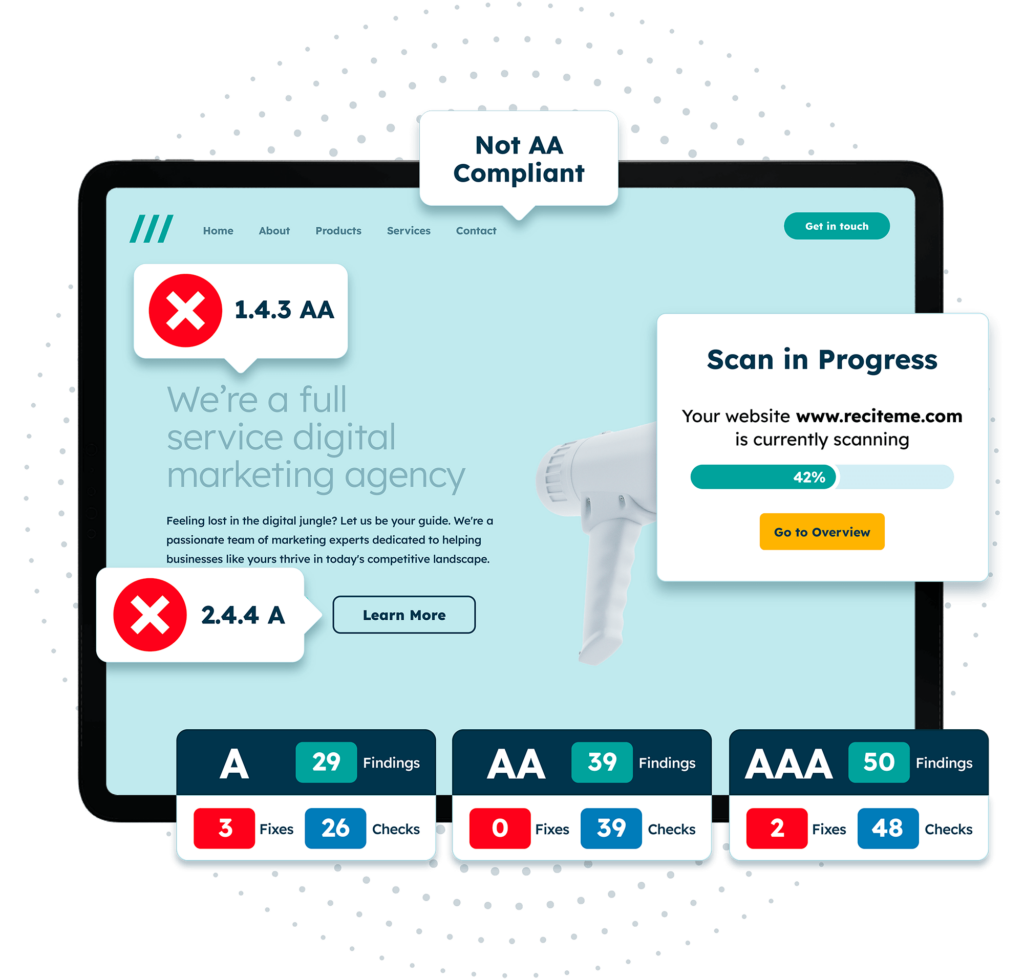
What are the accessibility standards underpinning Legge Stanca?
Complying with Legge Stanca means meeting the Web Content Accessibility Guidelines (WCAG) 2.1 Level AA, the internationally recognised benchmark developed by the World Wide Web Consortium (W3C).
The standards rest on four principles:
| POUR Principle | Details | Examples |
| Perceivable | Information must be presented in ways all users can identify. | Images need alternative (alt) text, and videos need captions. |
| Operable | Interfaces must be usable by all. | Users should be able to navigate a website with only a keyboard. |
| Understandable | Content must be easy to follow. | Clear language, consistent navigation, and helpful error messages. |
| >Robust | >Content should work across devices and assistive technology. | Websites are compatible with screen readers or voice recognition software. |
In short, the standards of WCAG ask: can all users access, navigate, understand, and interact with your digital service?
What are the most common accessibility issues causing non-compliance?
Accessibility issues are surprisingly common, but the good news is that they’re also fixable once identified. Here are some of the most frequently occurring problems that are catching businesses out:
Images without alternative text descriptions
Poor colour contrast for text and buttons
Difficult navigation that isn’t accessible to keyboard-only users
Website forms without the proper labels
PDFs and other documents that aren’t structured in an accessible way
No captions or transcripts for video and audio content
Overly technical or confusing language that makes information harder to understand
Is the Legge Stanca enforceable?
The Agency for Digital Italy (AgID) oversees compliance by auditing websites, publishing guidelines, and responding to complaints. If citizens encounter accessibility barriers on a site that should comply with the law, they can file a complaint directly with AgID.
Non-compliance can lead to significant fines, in some cases up to 5% of a company’s annual turnover, depending on the severity of the violations and the size of the organisation. That said, enforcement often starts with corrective measures. For example, a non-compliant institution may first be ordered to fix accessibility issues within a specific timeframe before financial penalties are applied.

Additional benefits of complying with Legge Stanca
Complying with Legge Stanca is often seen through the lens of legal obligation, but the benefits go far beyond simply avoiding fines or corrective orders. Embracing accessibility can have positive ripple effects across your entire digital presence.

Reach a wider audience
An accessible website is easier for everyone to use – think about older users with declining eyesight, commuters trying to browse on their phones in bright sunlight, or someone recovering from a broken arm who can’t use a mouse. By removing barriers, you expand your audience and ensure no visitor struggles to use your website.
Boost your SEO performance
Search engines and assistive technology often value the same things: clear page structures, descriptive alt text, and meaningful link labels. By following accessibility best practices, your website becomes easier for Google to crawl and rank. In other words, improving accessibility can also improve your visibility online.


Improve usability for all
Accessibility features like consistent navigation, readable fonts, and error-friendly forms don’t just help users with disabilities, they create a smoother experience for every visitor. Many of the world’s most user-friendly websites are also among the most accessible, proving that inclusive design and great design go hand in hand.
Strengthen your reputation
Organisation are judged on how inclusive they are more than ever before. Demonstrating that you care about accessibility shows that you value all users equally, which builds trust and enhances your public image.


Prepare for the future
Accessibility laws have expanded across Europe with the EAA. By embedding accessibility into your processes now, you won’t need to scramble later to meet new requirements. Instead, you’ll be ready to adapt smoothly as standards evolve.
Run an accessibility scan of your website to check for compliance
How do you know if your website complies with Legge Stanca? The first step is to run an accessibility audit. Our Accessibility Checker makes this process quick and easy by scanning your website for common issues such as missing alt text, low colour contrast, broken heading structures, and unlabelled form fields.
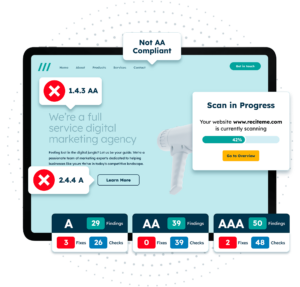
How does Legge Stanca work in harmony with the European Accessibility Act?
Italy’s national law doesn’t exist in isolation. It’s part of a wider European framework. The European Accessibility Act sets out accessibility requirements for key products and services across all EU member states. It covers areas such as e-commerce, banking, e-books, and telecommunications, and has become fully enforceable in 2025.
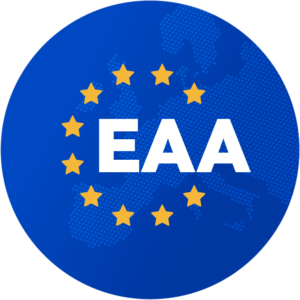
Whereas Legge Stanca mainly focuses on public administrations and public-interest services, the EAA extends accessibility obligations to a wider range of private companies across the EU.
Together, the two laws ensure that:
- Italian public services remain accessible under Legge Stanca.
- Private digital products and services align with EU-wide accessibility under the EAA.
This harmonisation ensures everyone enjoys consistent accessibility whether they’re interacting with their local government’s website or shopping online across Europe.
Our 40-page Digital Accessibility & Inclusion Toolkit helps businesses break down online barriers and make a real impact. It offers practical advice on all aspects of digital accessibility, from writing an accessibility statement to accessible website tips and inclusive hiring.
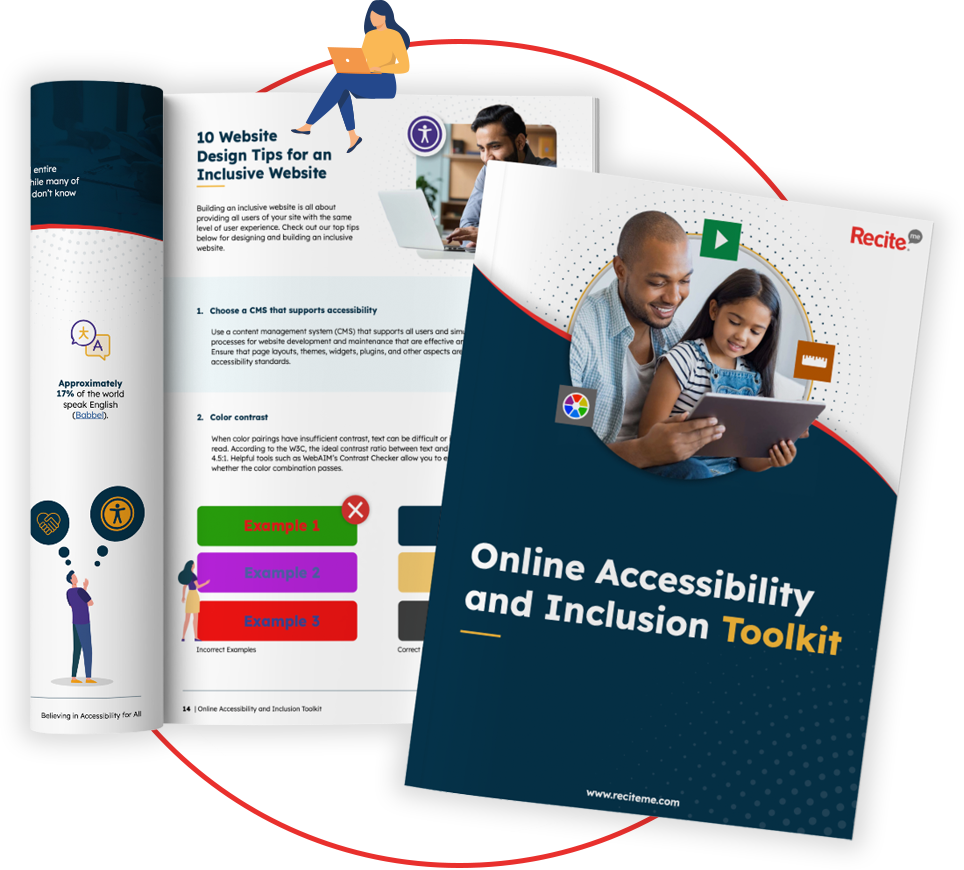
Conclusion: Working towards accessibility compliance
Italy was ahead of the curve when it passed Legge Stanca in 2004. Two decades later, the EAA is in force, making accessibility a legal requirement across Europe and driving the development of inclusive digital services.
For organisations, following Legge Stanca should not just be about obeying the law or avoiding penalties. It’s about doing the right thing to ensure their digital content is accessible to everyone. You can get started today with a free accessibility scan of your website, or by reaching out to one of our accessibility experts.
Legge Stanca FAQs
Looking for a recap or quick summary? Here are a few of our most frequently asked questions to help you get to grips with the essentials:
What is Legge Stanca?
Italy’s digital accessibility law. It requires public institutions (and some private companies offering essential services) to design websites, apps, and digital content so people with disabilities can use them. In short, it ensures everyone, regardless of ability, has equal access to online services and information.
When was Legge Stanca introduced?
It was first passed in 2004 and over time it has been updated to keep pace with international best practices, including alignment with the Web Content Accessibility Guidelines (WCAG 2.1)
Who enforces Legge Stanca?
The Agency for Digital Italy (AgID) monitors compliance, conducts website audits, and requires organisations to publish an official accessibility statement.
Does Legge Stanca apply to private companies?
Yes, though not universally. Private organisations that deliver services of public interest like transportation, healthcare, utilities, or education must comply. The idea is that if a company provides essential digital services that citizens rely on, accessibility should be treated as a right, not a nice-to-have feature.
What happens if an organisation does not comply with Legge Stanca?
They may face corrective orders, reputational risks, and eventually penalties.
How does Legge Stanca relate to the European Accessibility Act?
Legge Stanca is Italy’s national law, primarily governing public services and some private providers. The European Accessibility Act (EAA) introduces broader obligations across all EU member states. Together, they harmonise accessibility standards across Italy and Europe.
What are the benefits of compliance?
Accessible websites and apps are easier to use, attract more visitors, and in turn generally rank higher in search results. Organisations also benefit from a stronger reputation by showing commitment to inclusivity.

